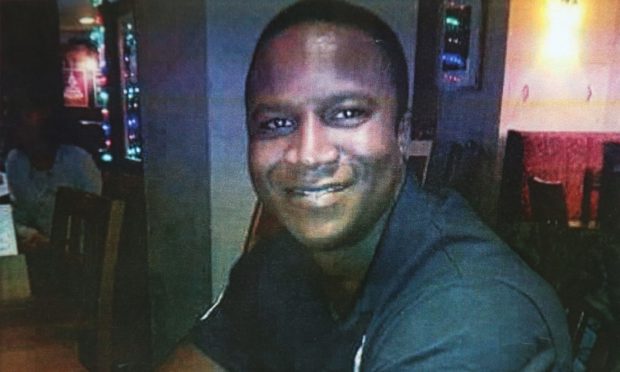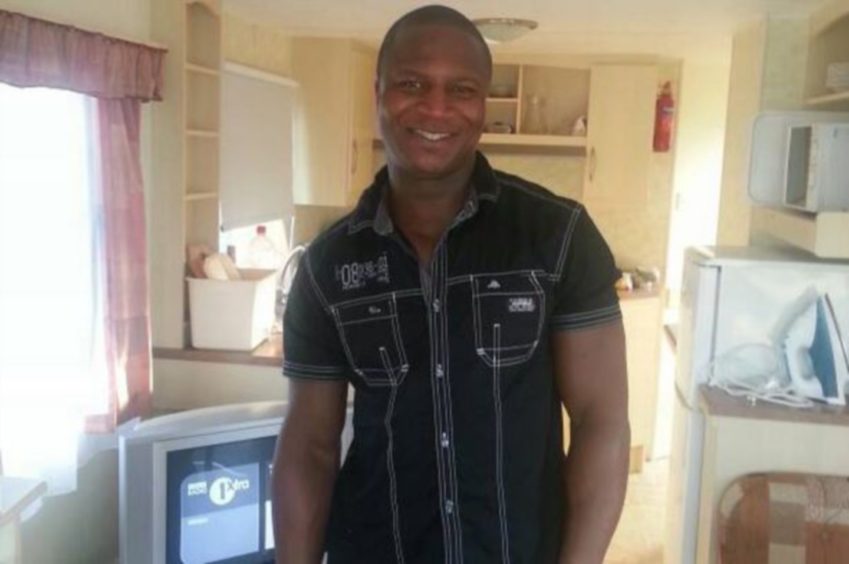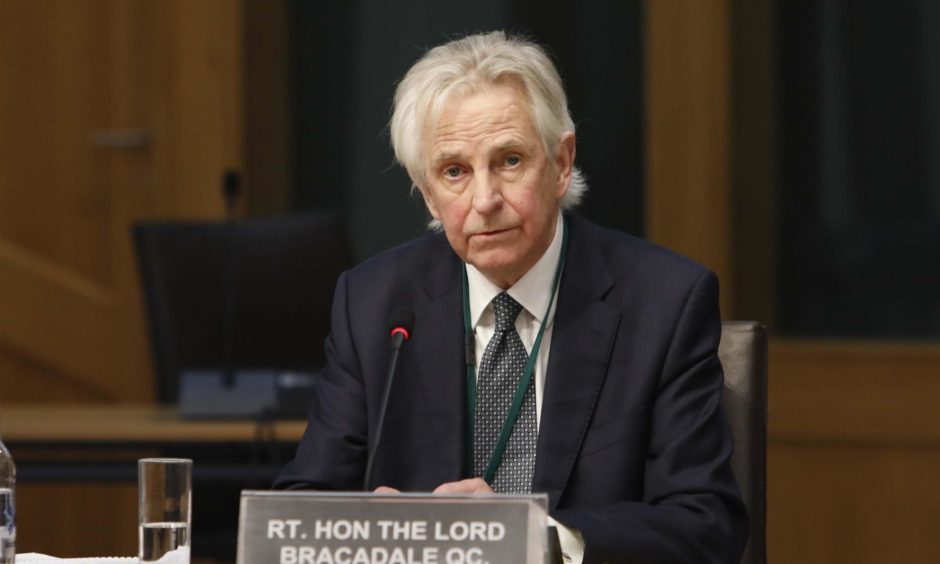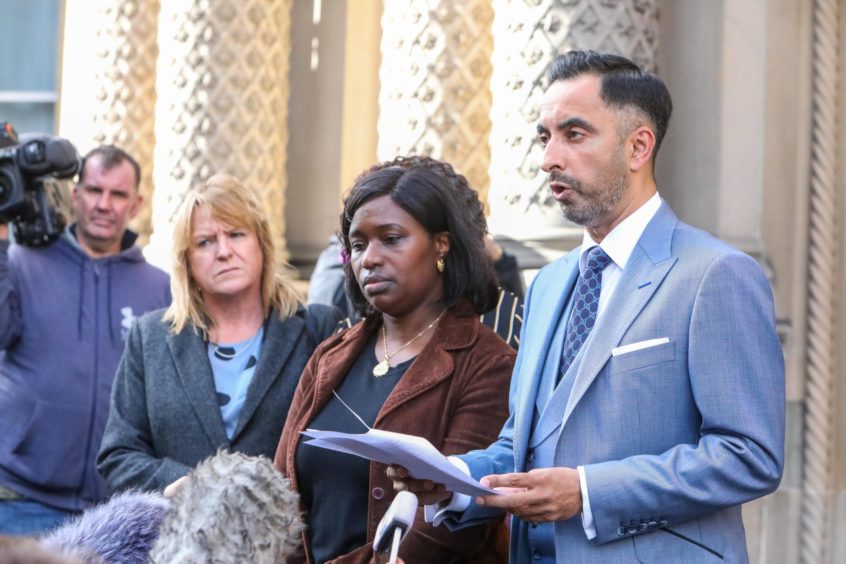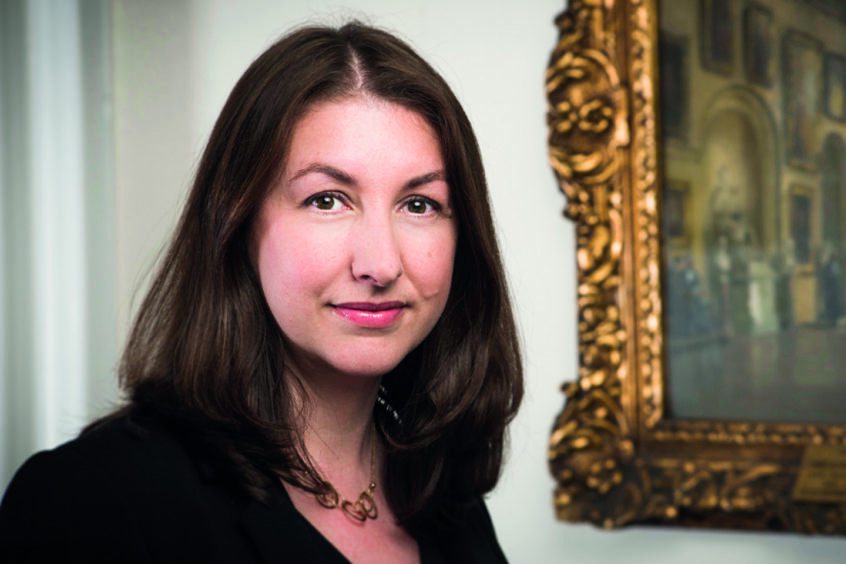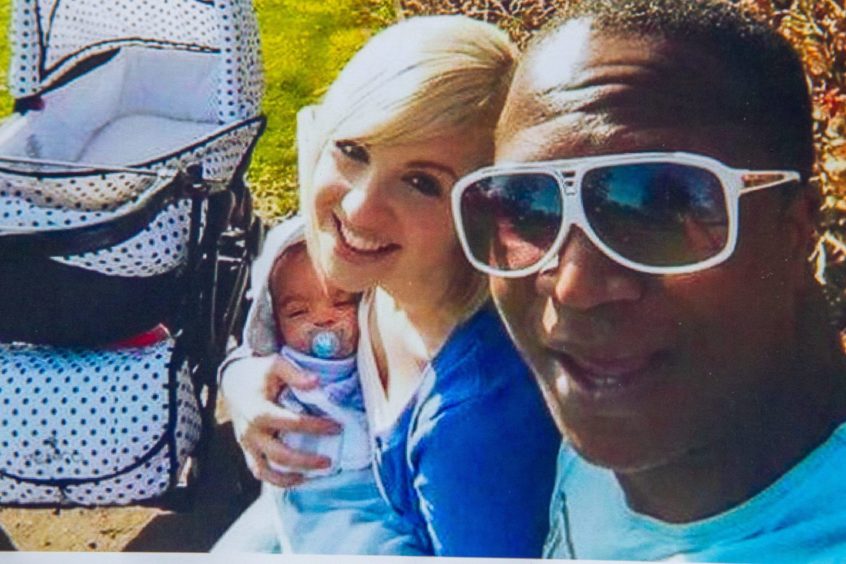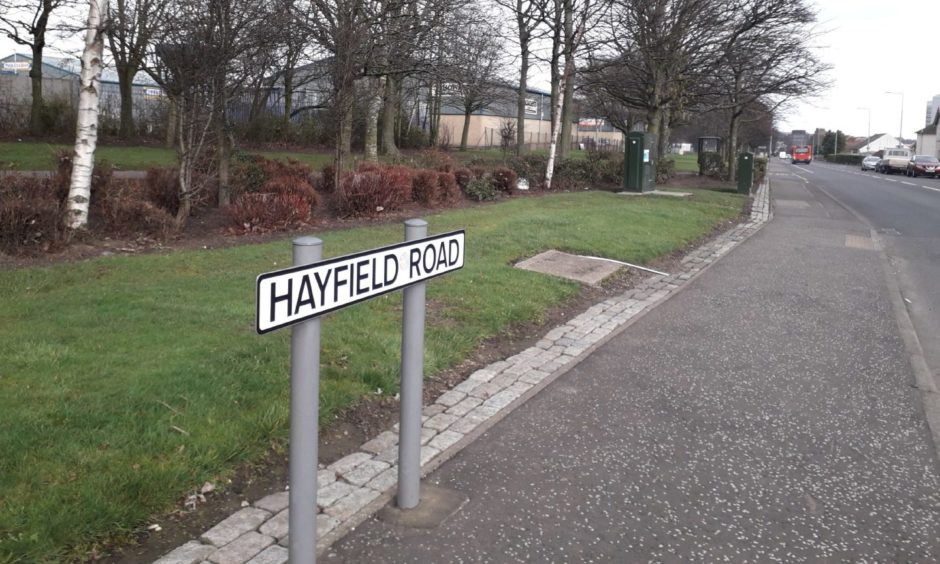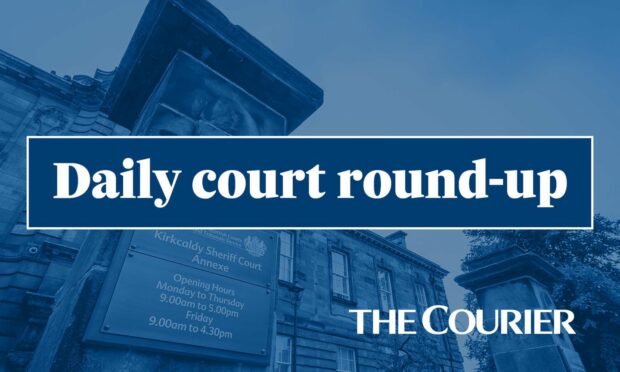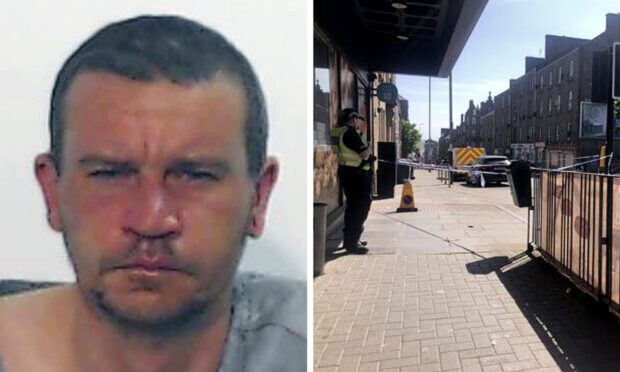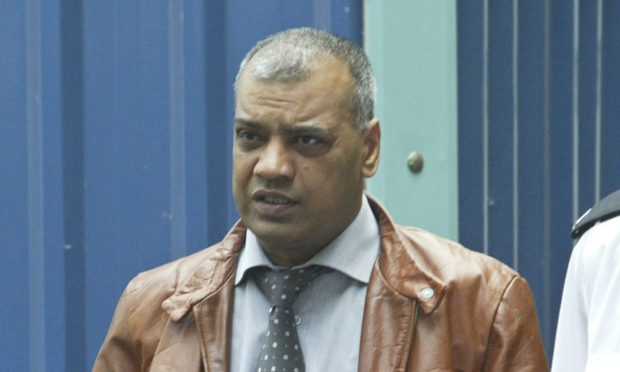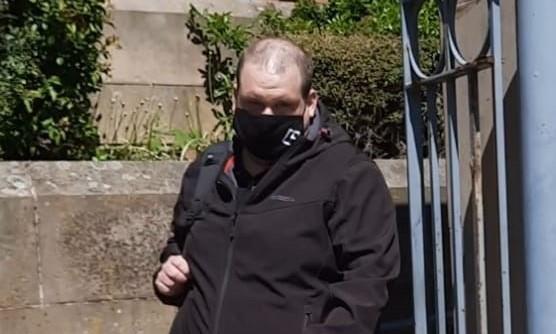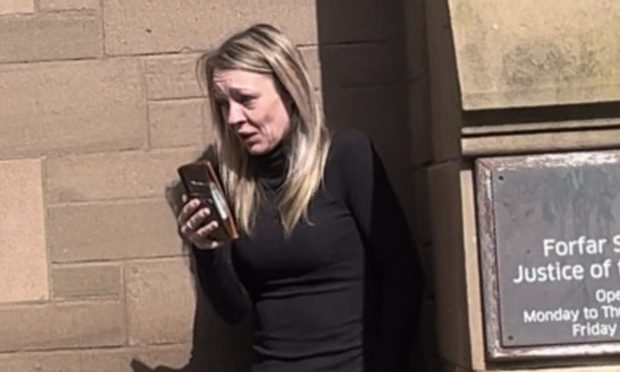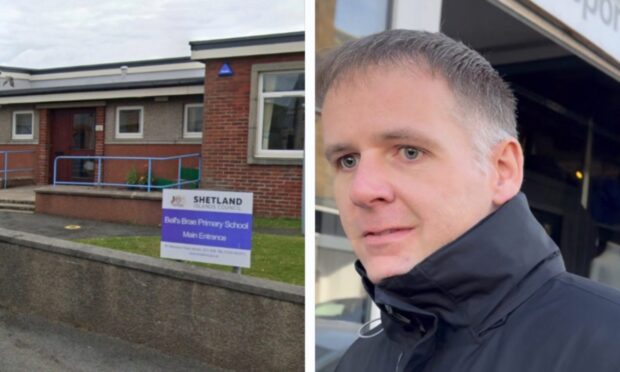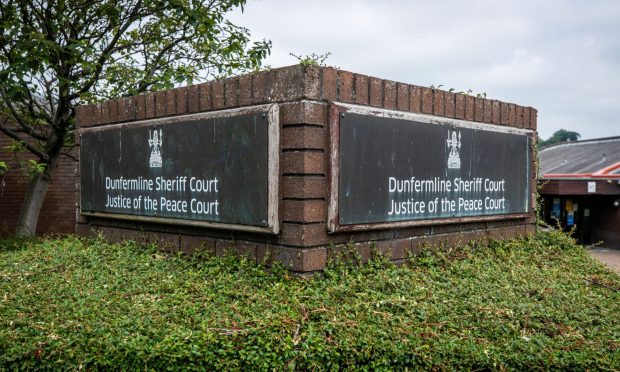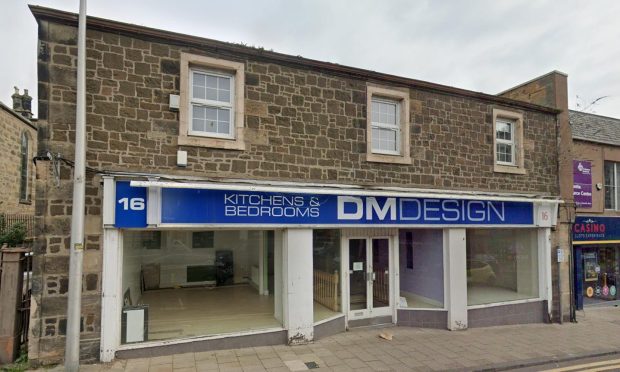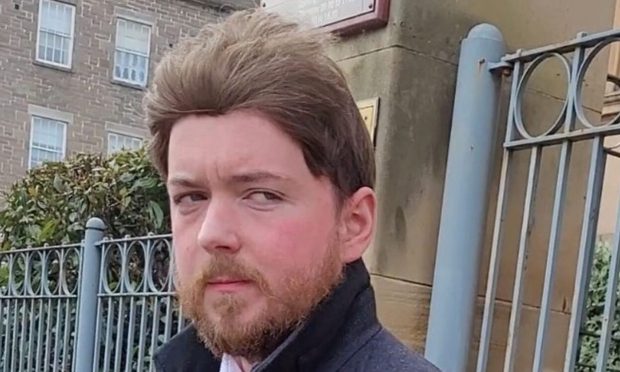The Sheku Bayoh inquiry is due to be held in Edinburgh, beginning in May but there have been pre-inquiry meetings. We examine the current state of the six-year quest for answers about his death on a Fife street.
What’s the inquiry all about?
Father-of-two Mr Bayoh died in Kirkcaldy in May 2015 after he was detained by police officers.
The 31-year-old gas fitter had been spotted on Hayfield Road in the town in the early hours of May 3.
He was arrested and a struggle ensued between Mr Bayoh and multiple police officers seeking to restrain him, after which he died.
The circumstances around his death are the focus of the inquiry.
It has, so far gathered more than 21,000 documents for consideration from the likes of Police Scotland, the Crown and police watchdog PIRC.
Who is leading the inquiry?
The inquiry was announced by then-Justice secretary Humza Yousaf in November, 2020.
It will look at the circumstances of his death and the subsequent investigation.
It is led by Lord Bracadale, (Alastair P Campbell) who was a High Court judge from 2003 to his retiral in 2017.
That year, he was appointed by Scottish Ministers in 2017 to lead the Independent Review of Hate Crime Legislation.
Senior Counsel to the inquiry will be Angela Grahame QC.
In the first pre-inquiry session in November, Lord Bracadale expressed his sympathy to Mr Bayoh’s family and said he wants them “to be at the heart of this inquiry”.
He said they will have a chance to “speak publicly about the person he was, what he meant to them and the impact of his death” during proceedings.
Full coverage of the proceedings is available here and hearings can be accessed remotely.
What is the family’s position?
Mr Bayoh’s family has demanded answers about his death.
They remain angry that two years ago, the Lord Advocate confirmed no police officer, or Police Scotland, would face prosecution.
In a statement issued before the first hearing, they said: “The Bayoh family believe that Crown Office and the PIRC betrayed justice.
“The family believe the Crown Office at best were ‘institutionally incompetent’ and at worst engaged in a ‘systemic cover up’.
“But Sheku has a stubborn family who have refused to be bullied into silence.
“Six and a half years on, the family appreciate the massive scale of the inquiry and the thousands of documents needing to be examined.
“The family have placed their trust in the inquiry to be robust but the family wish however to place on notice the Crown Office, PIRC and Police Scotland, that they will not tolerate any attempt to delay and obstruct the inquiry in its search for the truth.”
Was race a factor in Mr Bayoh’s death?
Family and friends of Mr Bayoh have claimed his race was a factor in the manner in which he was arrested and dealt with on the night of his death.
The inquiry will examine whether this was the case.
It is expected to be a thread running throughout the sessions and form the focus of the final hearing.
Ms Grahame said: “We will be asking had Mr Sheku been white, would he and his family have been treated the same way, would the investigation have proceeded in the same way, would different choices have been made about the appropriate course of action?”
What has happened since?
A row broke out early in 2022 when police officers, supported by the Scottish Police Federation sought an undertaking preventing evidence given by them during the inquiry being used against them in potential future criminal proceedings.
However, Mr Bayoh’s family oppose it and said the move was “a demand for a convoluted form of immunity”.
In March, the Solicitor General for Scotland Ruth Charteris QC said no such undertaking will be given, leaving the door open for future prosecutions.
What next?
The outline for the inquiry was laid out in November.
It will consist of six hearings.
The first will deal with the events surrounding Mr Bayoh’s death, including the circumstances leading up to it, events in Kirkcaldy police office, the training of the officers involved and the equipment they used.
It will commence of May 10, 2022.
Why is this a key date for the inquiry?
Evidence from the night in question has never been led in a public forum.
This session will outline a chronology of events and hear from those involved in an official forum for the first time.
It will be the first time Mr Bayoh’s family will have heard about his death from those who were there at the time.
Statements are already being prepared ahead of this date.
What will later sessions deal with?
Hearing two will examine the cause of death.
Hearing three will look at the post-incident management by PIRC, Police Scotland the Crown office, including liaison with the family.
Later hearings will focus on media engagement and parallel investigations.
So when will race be considered?
The final hearing will deal with this aspect.
Thursday’s session was told: “In the final hearing, we will seek to draw together all the evidence heard at each hearing regarding race.
“We will identify any evidence of overt racism, failures or inadequacies and evidence of any aspect of events which could potentially give rise to an inference decisions and outcomes were based on race.”
